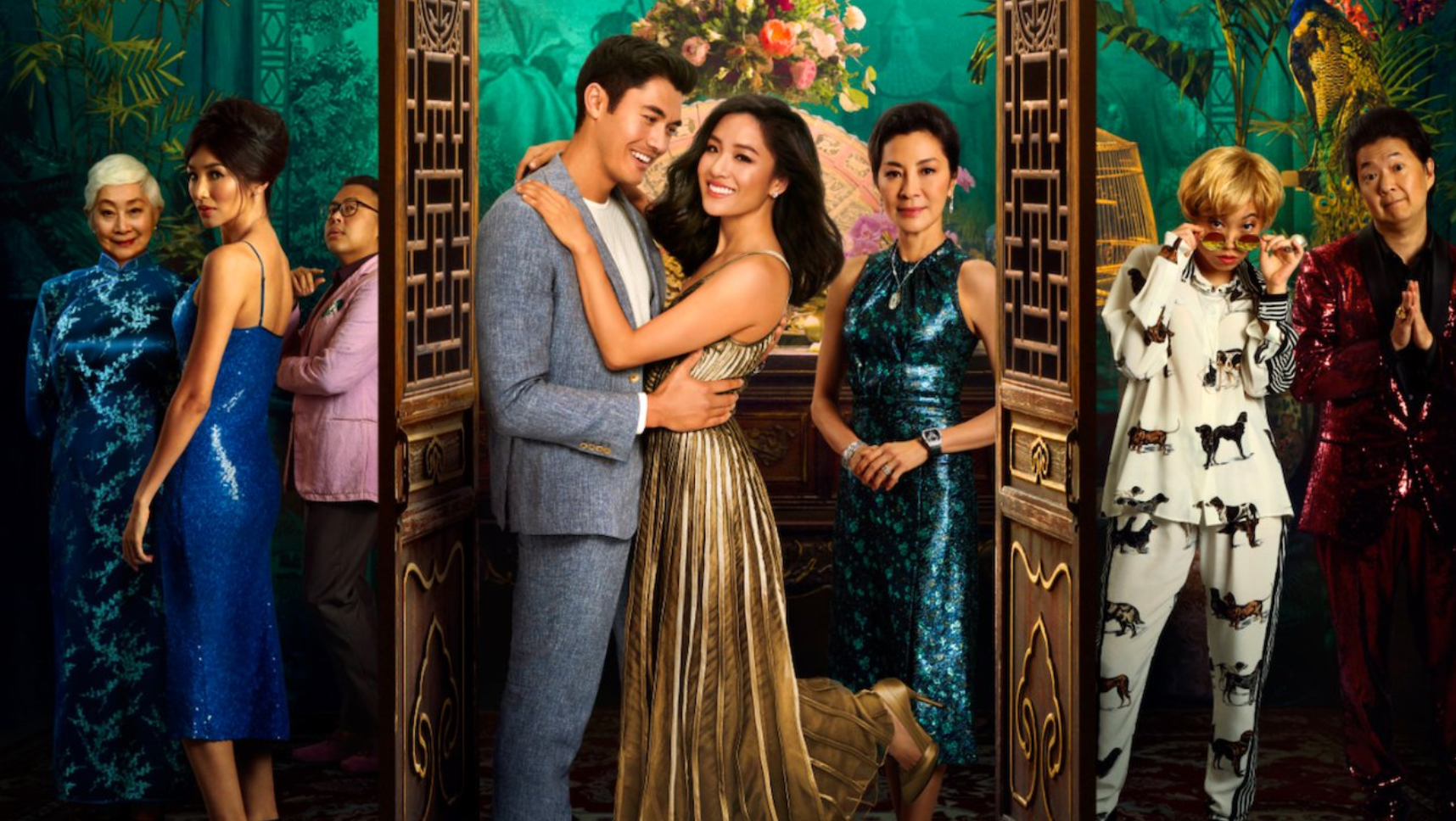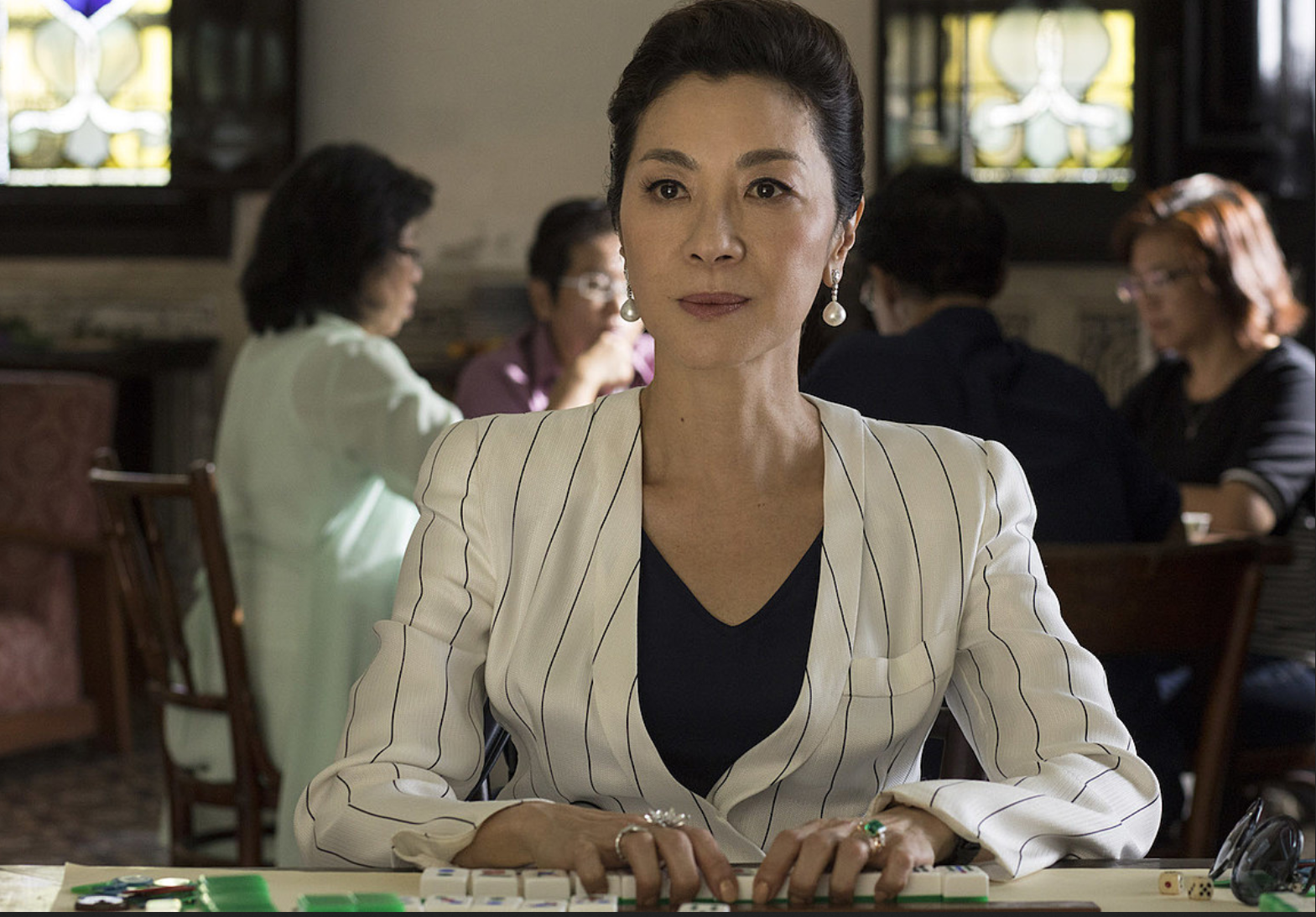Crazy Rich Asians' Success
Crazy Rich Asians' Marketing Campaign
It had been 25 years since a Hollywood movie featured an all-Asian cast. On top of that, as superhero movies and thrillers dominate cinemas, romantic comedies have been brushed aside and out of focus for the past decade. Despite the grim prospects, Crazy Rich Asians, a rom-com with an all-Asian cast, defied all odds and grossed $238 million worldwide. Although the film did meet with setbacks in the Chinese market, it eventually placed itself as the 6th highest-grossing film of its genre. What made Crazy Rich Asians such a success was Warner Bros.’s immaculate positioning of the film, the clear brand message, and the use of interactive media and publicity that targeted potential audiences.

Crazy Rich Asians was marketed as an event film, instead of a niche film, and the studio set out to create anticipation before its release. This was rare for a film with a relatively unknown cast; however, the marketing team achieved this effect by tailoring the film image for a specific segment of consumers and building a media presence. According to the MPAA, minorities are among the most frequent movie goers and audiences prefer movies that reflect their race and gender identity. Consequently, the marketing campaign crafted an image of the film that would occupy a unique position in the minds of Asian-Americans and audiences who wish to see diversity on screen. The film was projected as a new sub-genre, an Asian-centric rom-com, which broke new grounds and resonated with target audiences. The LA Times then ran profiles of the cast to build a presence in the press, and publicity was focused on reaching out to Asian communities, with cast members participating in various galas during the Asian Pacific Heritage Month. To further form relationships between audience and cast, “Instagram Story competitions” took place among cast members and millions of fans started reacting to posts and stories. Eventually, a solid fan base was formed and Crazy Rich Asians became one of the most anticipated movies of the year.

An effective strategy the marketing team implemented was the design of a campaign that tapped into the growing demand for representation on screen. The film delivered a strong message: Crazy Rich Asians is here to change Hollywood for Asian-Americans and underrepresented voices. The team utilized movement marketing to accelerate the rise of a trend, in this case, the audiences’ need to see diversity in movies, by aligning the film image with shared values of the target community. The studio screened the movie six months earlier to the Asian community, including one for 1200 Asian-American influencers, so they could take ownership of the film and champion it. This strategic decision immediately took effect as Asian communities bought out theatres in support of the film and tweets with hashtags, “GoldOpen” and “RepresentationMatters” circulated on the internet to spread the word. Before long, this wave had seeped outside the Asian community and celebrities such as Reese Witherspoon and Chris Pratt began advocating the film. The choice to merge marketing decisions with current issues maximized the outreach of audiences and ultimately rocketed Crazy Rich Asians into box office history.

Crazy Rich Asians successfully dug into the Asian-American community’s needs and provided them with a sense of empowerment. However, by focusing on a relatively narrow group of consumers, the film failed to draw attention from a wider demographic and only grossed $1.5 million in China where it was criticized for being a material and stereotypical presentation of the Chinese culture. It’s not uncommon for Hollywood films to face regulative and cultural hurdles when trying to enter one of the world’s most lucrative markets. Yet, Crazy Rich Asians could have learned from the success of the Marvel franchise in China and aim early to conquer the Chinese market and direct marketing efforts to building a fanbase. The failure to push ticket sales for Crazy Rich Asians could be attributed to the fact that the team overestimated the film’s appeal to Chinese audiences and marketing efforts were minimal in the region. The lackluster result leaves room for reflection on how a film, targeting a distinct market, should balance efforts between globalizing and localizing campaigns to generate universal enthusiasm and drive international sales.
In the end, it wasn’t luck that placed Crazy Rich Asians at the right place and time. The film’s huge success was brought about by intricate and deliberate marketing strategies which made it seem like the film was effortlessly presented to zealous fans. Evidently, a strong campaign is one built on bits and pieces of calculated decisions that together could create domino effects to reach a broad range of consumers. Moreover, perhaps the most valuable aspect of the film’s campaign is how it proved that marketing could be more than just selling tickets - it can inspire movements that give rise to positive change.